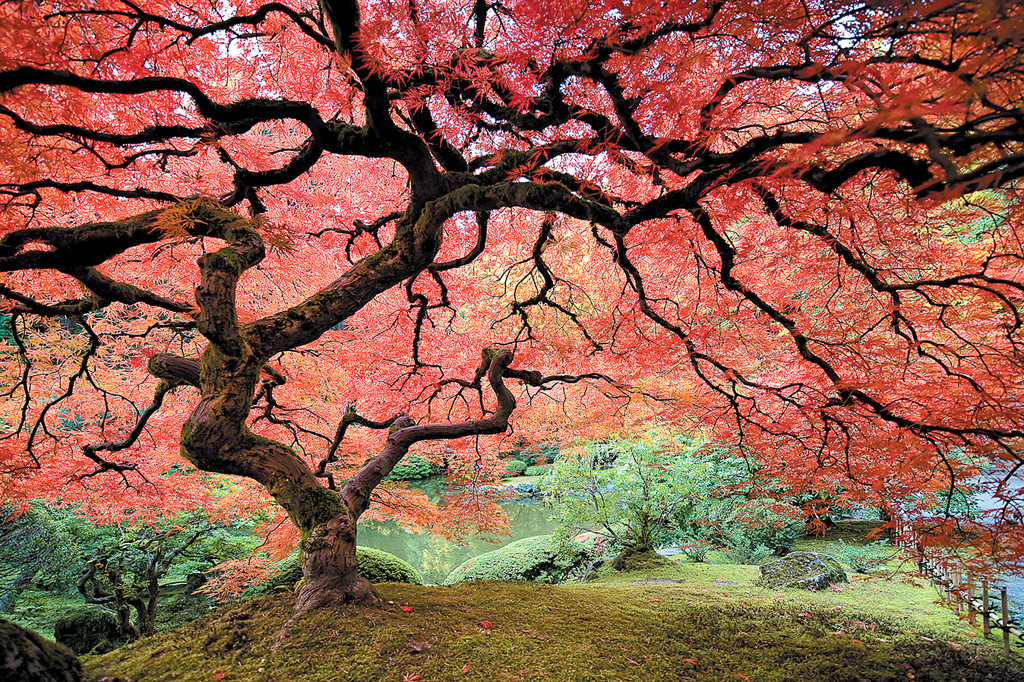Quiet Crow Bonsai
A Collection of Stellar Bonsai MusingsArticles
Technique: Aesthetics Pruning Tips
People who love bonsai appreciate the beauty of nature and plant trees in small containers. Even a person who doesn't understand bonsai can appreciate and be moved by its beauty. The power of bonsai is in its ability to portray the beauty of nature. This is the goal for all who grow bonsai. I can’t tell you what form a bonsai should have. Be creative. Check out another article of mine Practicing is an Art, not a skill. A skill is something you can be taught in a certain number of lessons, while an art is something you learn slowly and gradually over your entire life
When pruning a plant, do the Maintenance Pruning first, and then you are prepared for the aesthetic pruning. When applying pruning techniques for aesthetics it’s about art and beauty. You create it.
- 1. Think twice, cut once.
- While this sounds the same as Tips 2 and 3 in previous articles this time you are thinking aesthetically. Start thinking about how you want the bonsai to look. Use a turntable and look at the tree from all sides several times. As you formulate an image of the bonsai, visualize how you want the bonsai to look. Remember to consider wiring as an alternative to cutting. Don’t be afraid to bend, move and hold limbs in new positions, to see if wiring the branch would improve the appearance. By selecting primary and secondary branches the branches that need to be removed will become apparent. Remove them as you see them.
- 2.Locate the Cut.
- A general rule for deciduous material, it is usually possible to force the plant to bud-back (form new branches) just about anywhere on the tree, including from the root collar. There are many exceptions to this rule. Pay attention to the direction the bud is pointing. New branches that result from the cut will grow in that direction. If you want the new branch to grow to the right, make your cut at a bud that is pointing to the right.
Conversely, with most conifers, forcing the plant to bud back past the point of the oldest needles (closest to the trunk on a branch) is very difficult. In fact, with almost all conifers, pruning a limb back beyond the oldest needles will kill the branch. You must leave at least some green foliage on conifer branches. On some conifers (like Hinoki cypress and arborvitae) it’s virtually impossible to get them to bud back on old wood. - 3. Reveal the Essence.
- Each individual tree has its own character, its own essence. The shape, color, and texture of the trunk, leaves, branches, flowers, fruits;
the overall shape of the tree; the direction of the branches and their placement on the trunk; the growth habit, how it reaches for the sun; nebari (the way the tree grips the ground). All are a part of the tree’s essence. Revealing the beauty of that essence is what aesthetic pruning is all about. To get to this essence, simplify, envision the tree without its complicating elements. Branches that detract from the tree’s beauty, excess bulk, competing apex (top-most part of the tree)—revealing the beautiful design already within the tree. At times, this can entail a major restructuring; at other times, a gentle re-touch.

This lacy, much-photographed Japanese maple sits on a hill at the Portland Japanese Garden. Viewed from below, the transition from coarse to fine is clearly visible in trunk and branches. The base of the tree and its roots grip the mound it is planted on—an important aspect of its “essence.” Photograph by Richard Stanton
- 4. Make It Look Old.
- Having your bonsai look like it is much older than it is, imparts a feeling of stability, reliability and safety in us. Those feelings help to calm and relax us. Like revealing the essence, simplify, remove chaos. Find the shape that best imparts a feeling of the tree being old, what it would look like when it was mature. One example would be a pine tree such as a Limber pine. When they are young, they mostly grow straight up. Once they get to a height and age they are comfortable with, they start spreading out. Here are some characteristics we often associate with older trees:
- Wide spreading as opposed to growing mostly upwards
- Smaller annual growth of branches
- Movement in branches instead of long straight
- Open spaces where branches have been shaded out
- Thicker branches towards the center of the tree
The final article will cover more of how to accomplish the look of age.
